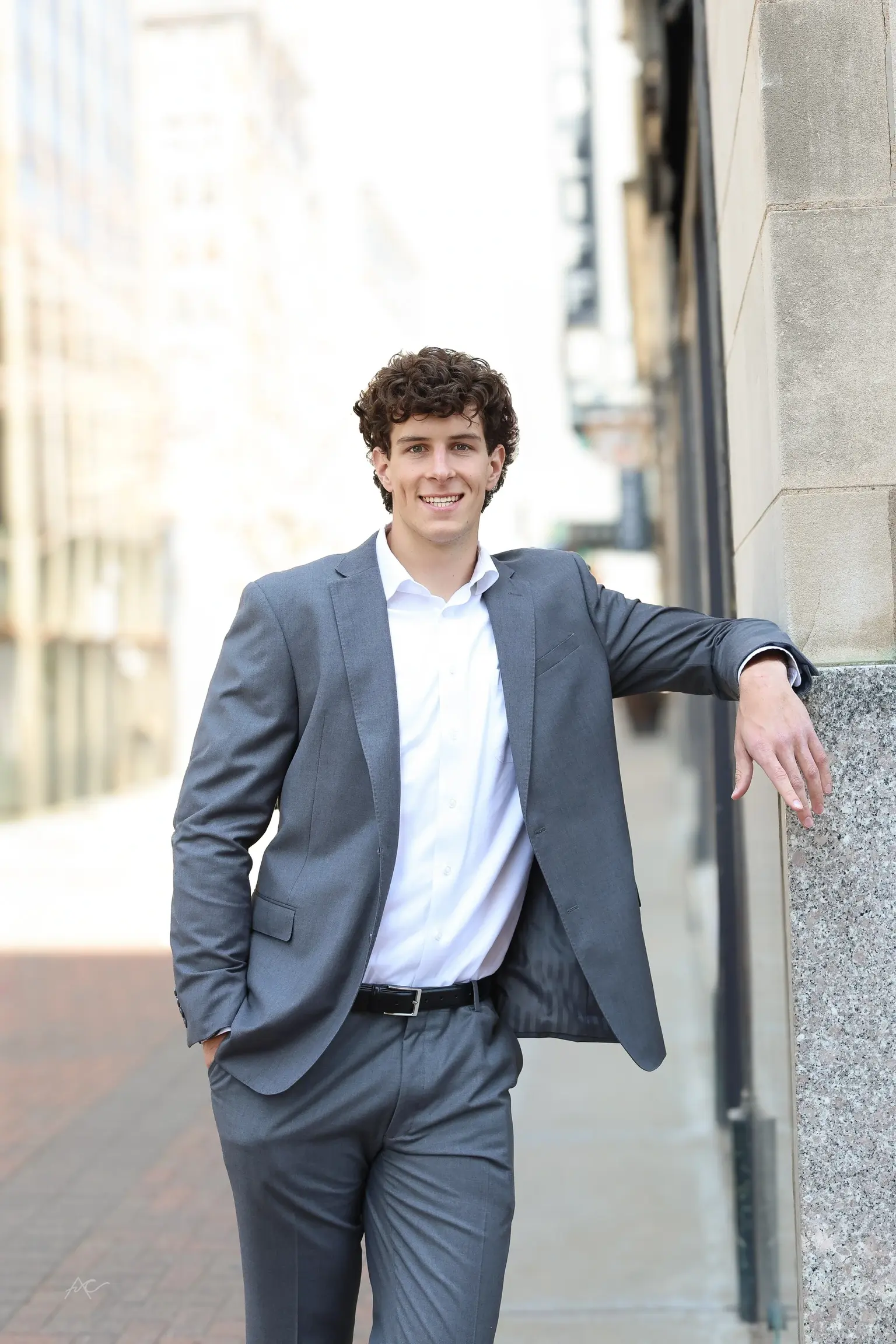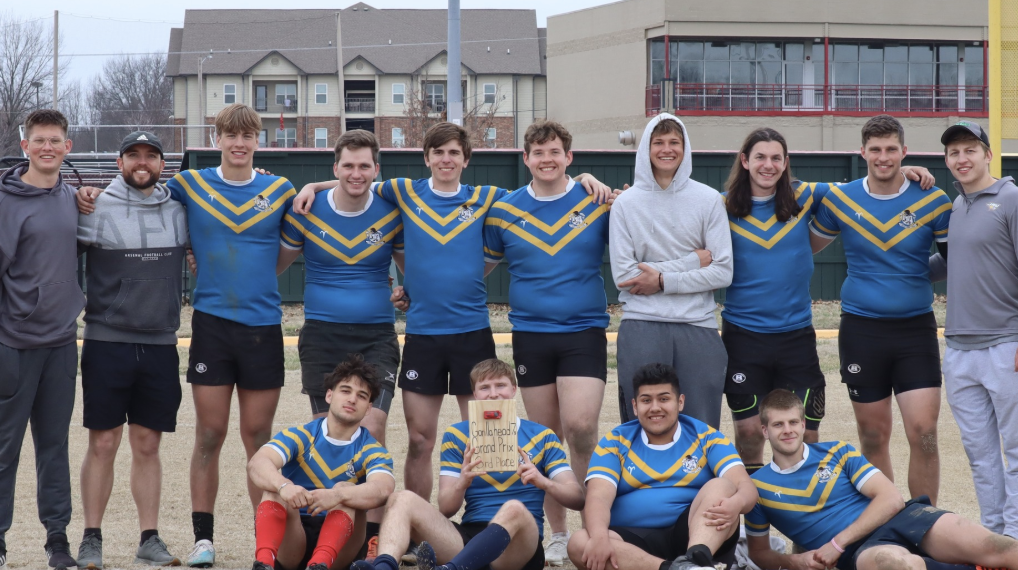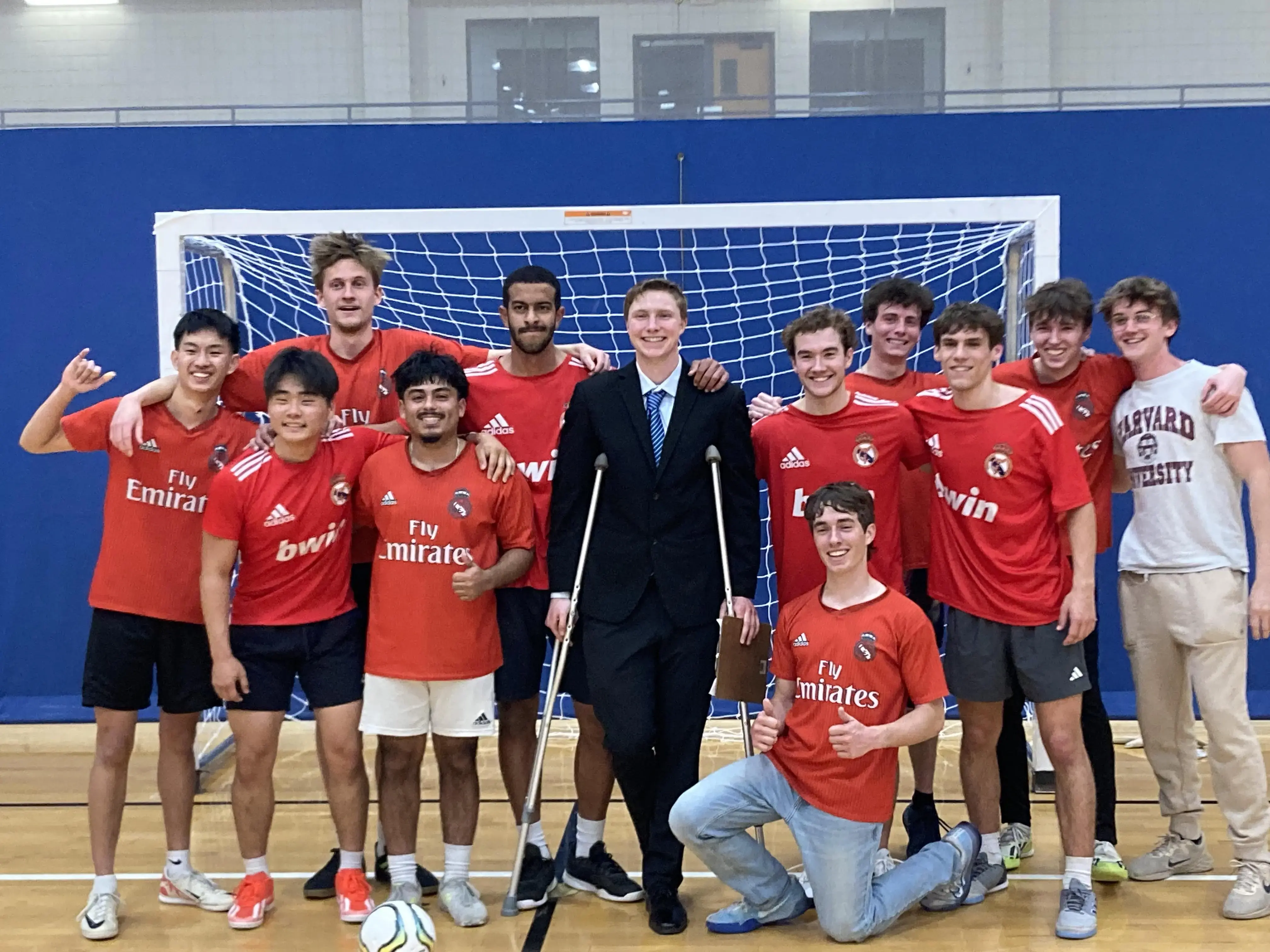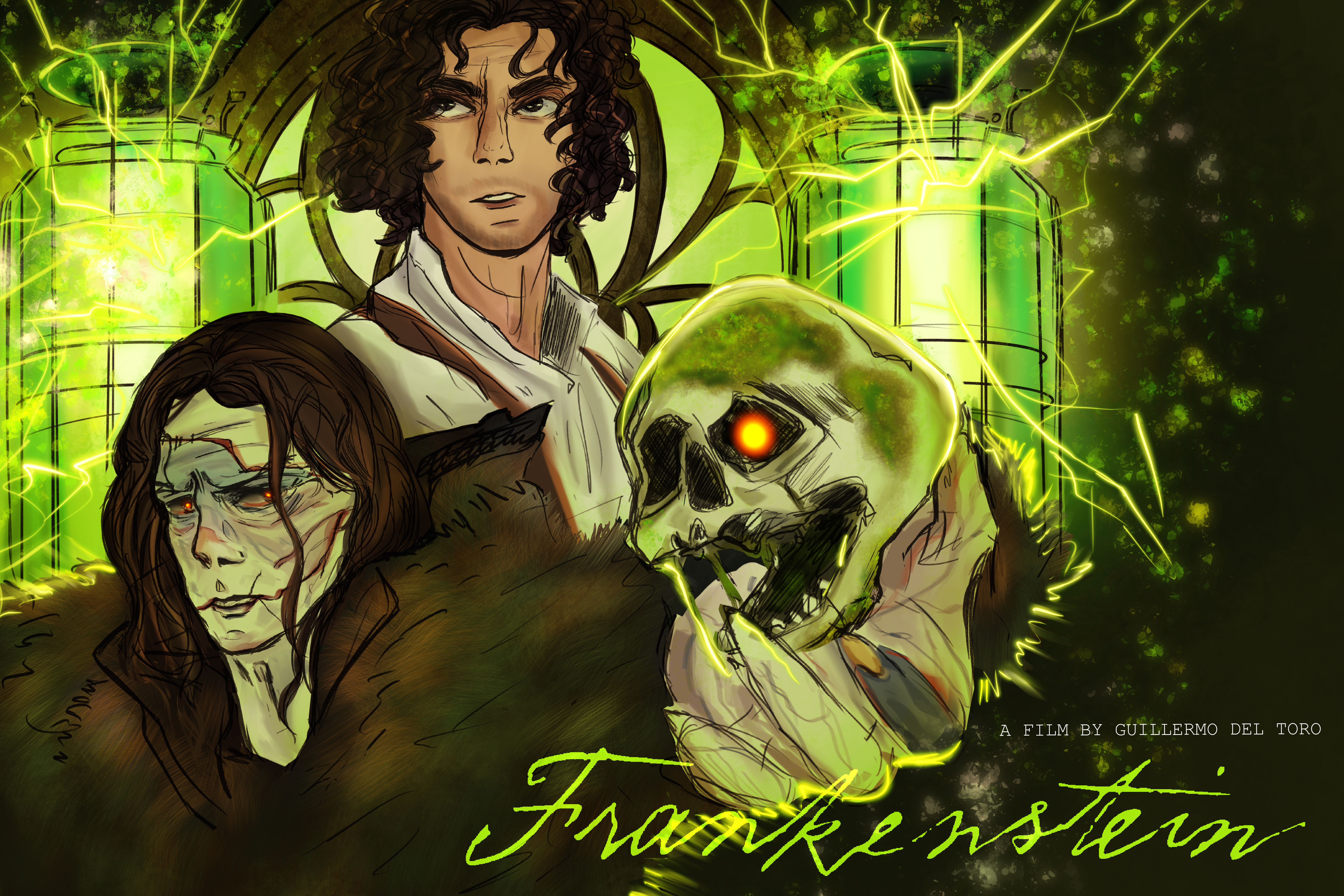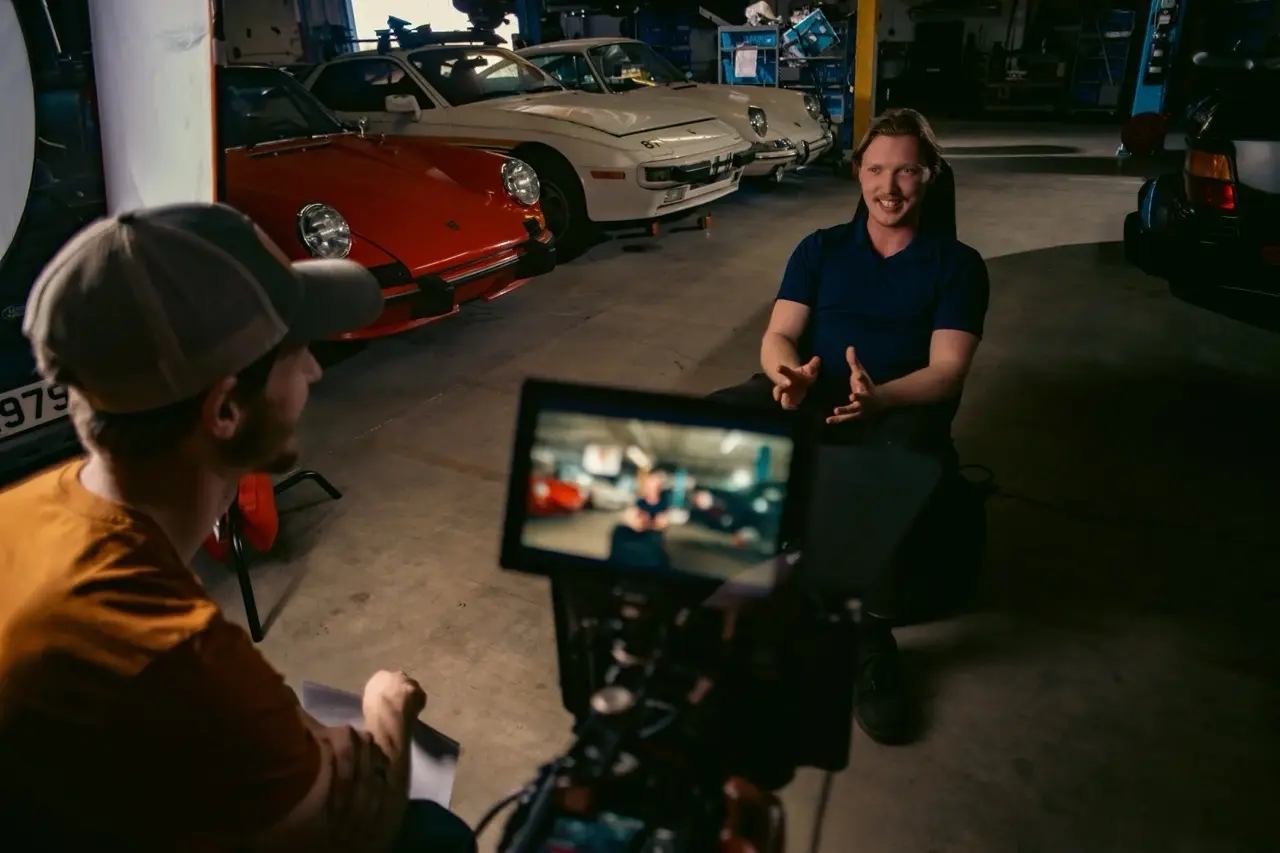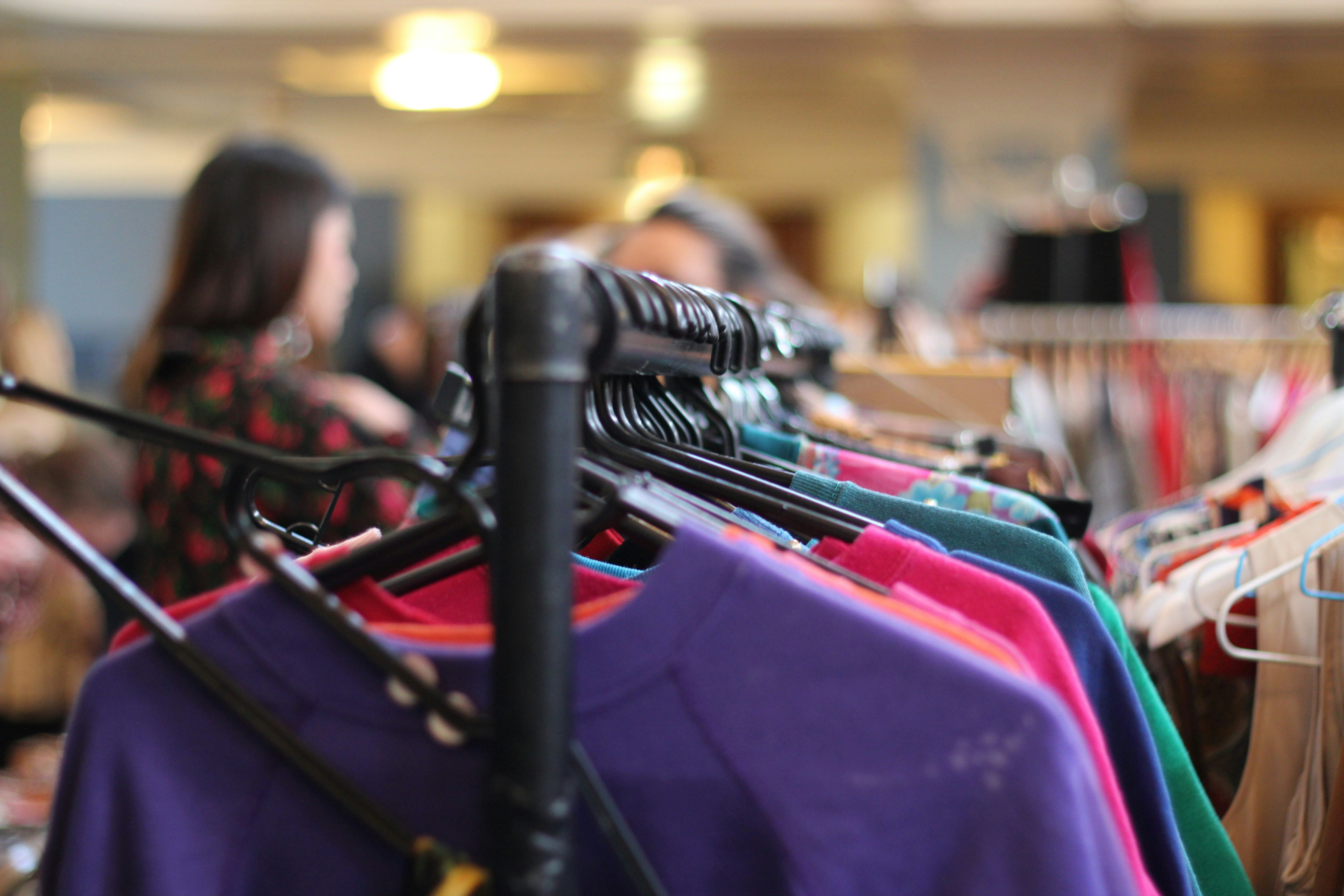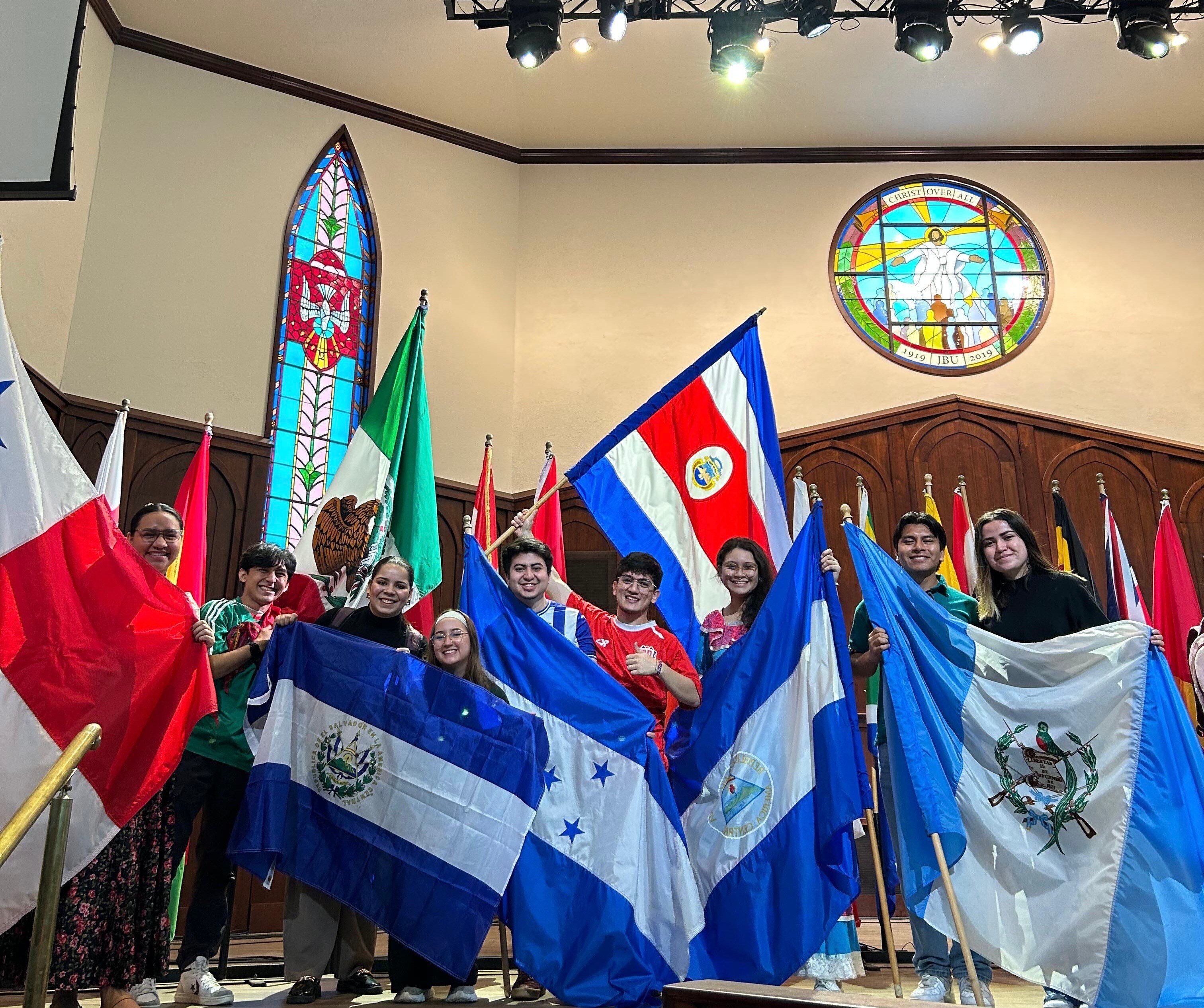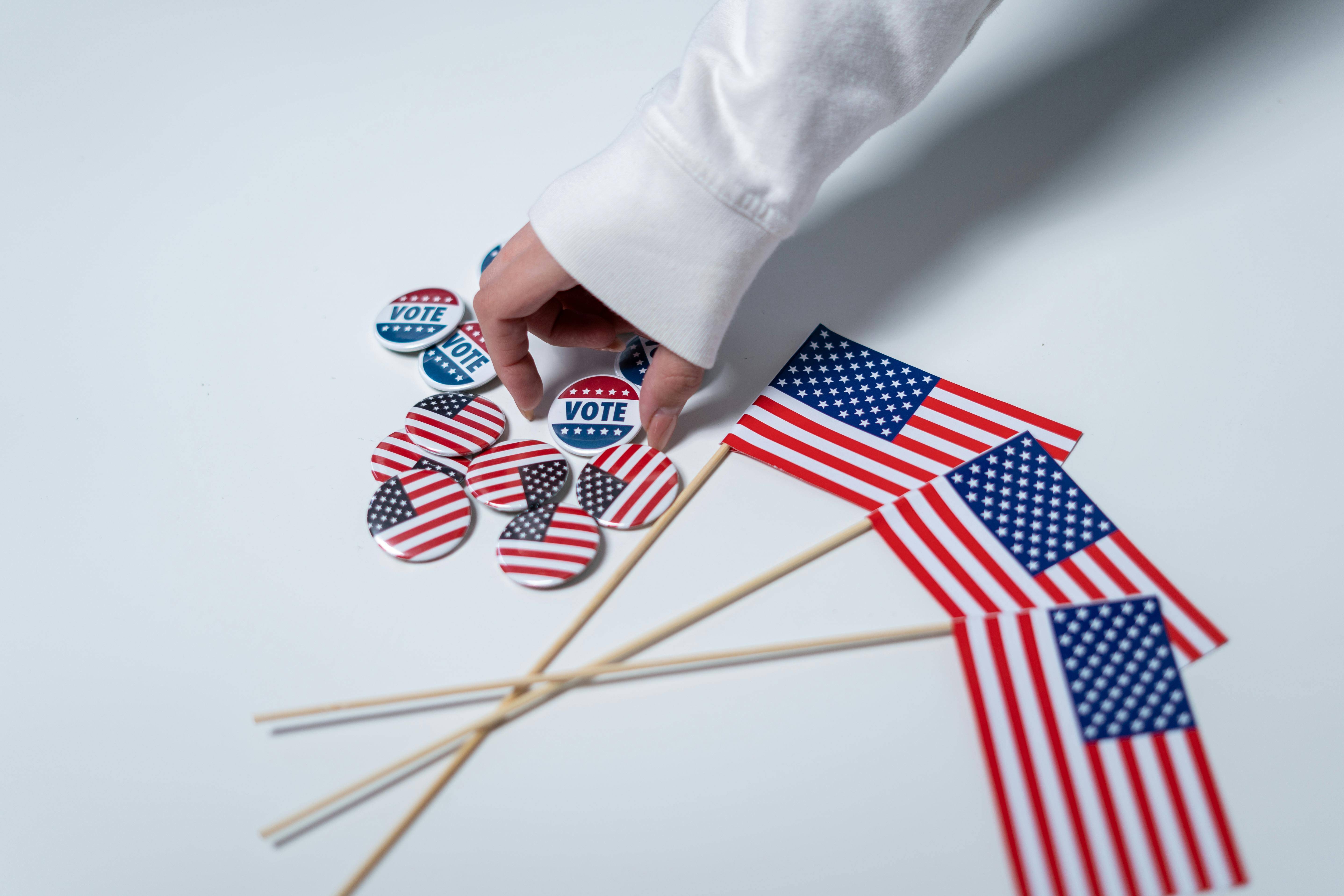Interviews, while maybe not everyone’s favorite form of storytelling, are ideally about capturing and authentically representing truth. A few weeks ago, my friend Tyler Simpson, a senior film major at John Brown University, asked for help with a photography project. He needed a model to help him replicate photos for an assignment, doing his best to imitate the original with lighting and position. The entire process was fascinating to be a part of, getting to see how a slight turn of the wrist could alter the image and either succeed or fail to imitate the photographer’s goal. This led into a conversation about his thought process with interviews, how there’s a similarity in presenting the truth of what you have to work with, while also pursuing your end goal for the project. His insights inspired me to interview him. This is the conversation.
Q&A
Do you see similarities between directing a photography model and directing an interviewee?
I think there’s always a form of directing for anything where you’re trying to tell someone a story. It’s like what we’re doing right now, whether an article interview, a TV interview, anything like that, it’s like… building rapid relationships. Trying to build on this sense of trust.
What is a “rapid relationship”?
Any time you take a photo of someone or interview them, you are attempting to represent their story. And they have to be willing to trust you as the interviewer to represent their story well in order to be open with you. You may show up day-of for an interview, and you’ve never met these people before. All you have is a prompt and a direction you need to go. You might not even care that much about it, if it’s just something you’re hired to do, but you all the sudden have this responsibility to connect with that person in a way that makes you seem trustworthy. And from a Christian perspective, you want to truly be trustworthy, not just appear that way. You want to show up and be someone they can instantly trust and share their stories with.
How much direction do you usually give to your interviewees?
You definitely want to go in already knowing the answers you’re gonna get before you even ask. You go in knowing a lot about them, about their business, about their story, and they know nothing about you. And if you ask the wrong questions, that can be very prodding. It can offend people and make them feel like they’re being bated to say the wrong thing. I’ve worked on interviews where they’re almost giving the interviewee the words to say, which can be fine if it’s a more corporate story and not someone’s personal story. But when there’s this idea of feeding your interviewee a perfect line to vomit, I don’t think that’s authentic nonfiction work. It’s not their words anymore. It should be your goal to draw their story out.
What does the process of drawing their story out look like for you?
Before I sit down to interview someone, I get the story in mind, and I have questions that I’ve studied on—and I have all of this because of what I’ve already learned from them. So my goal when I sit down with the camera is not to ask a question and get an answer, but to start a conversation. And the only way you can have a conversation with somebody is whenever you trust them, when there’s this sense of relationship with this person. Some people can tell their story easily. Others, you may ask what they think of something, and they’ll just say, ‘Fine, good,’ and they just leave it at that. But everyone can talk, they can talk about their story if they’re in the right setting, if they feel like they can share it openly.
Are there factors you’ve noticed that can change that vulnerable setting for people?
The tension of a camera definitely changes that for people. You see a camera turned on and that will always change the outcome. People are aware that they’re being recorded, and they act differently. Not to say everyone acts up for the camera or that cameras always make people uncomfortable, but the knowing that it’s there changes something. I think the best way for capturing what you need in the most authentic story, and the best for what is Christlike, even, is to build a trusting relationship with the interviewee as quickly as possible, so they feel like they’re being appreciated for their story, and you can feel like you’re able to actually connect with them on a personal level. The interviewer can feel like it’s just a project, but if you can actually come in wanting to connect with the people you’re about to interview, that makes a huge difference.
What differences have you noticed in your interviews when you try to connect with people more intentionally?
It makes the difference between the shoots I’ve been to. When all I’m doing is capturing an ad for a company, that can be very cold. And a lot of times, interviews for those are less, ‘What’s your story?’ and more, ‘What does your product do?’ That's harder for people a lot of times because they have to sit down and think, ‘I need to make sure I say all the right things, because those are the core pieces of my company,’ and they have to formulate that into a sentence. All of a sudden they're trying to make what they say perfect. But if you just get someone to tell their own story, it makes a huge difference. If you can connect beforehand with them, it can feel a lot more like a conversation with just a camera to the side instead of a conversation with the camera. I've definitely been on shoots where the person's having a conversation with the camera, and it's never comfortable for anybody.
Does that same intentionality with your interviewee come out with how you use a camera?
A lot of time you see the subject looking slightly off, not directly at the camera, so you can sit there and talk to them, and the camera feels like it's a secondary thing. Generally, for an interview, that offset style is widely accepted. As a viewer—this is kind of switching topics a little bit—but as a viewer, you sit there and watch from the camera's perspective, and it feels like you're sitting in on this conversation. Not like they're talking to you, but you're sitting in on this conversation. Because usually, you don't want the subject to be talking directly to you. When it feels like they're having a conversation that you can listen to passively, I think it also increases how comfortable people are with it.
Do you usually use only one camera for your interviews?
Having a second camera lets you do things like capture wide angles to see whole-body actions. A closer camera gets more of their emotion from their face. So, for an edit for one of my projects, it's super wide where you can see all the way from the bottom of their feet to the top of the shop as they're sitting. But then on that second angle, we came in super low, shooting up with like a frame that's [gestures just below his shoulders] here and up. So it's this really tight, almost intimate frame where you're feeling like you're close to them. That's part of the reason you have two cameras, too, is just to get you close, because it's a lot more than just what they say. If the interview is going well, if you're really having a conversation, eventually their personality is going to come out, even if they're uncomfortable on camera.
How would you say your Christian faith influences how you go about trying to connect with your interviewees?
One thing I’ve thought lot about is, how am I living out the Great Commission as a filmmaker making stories that have nothing to do with the gospel? The more I think about it, the more I read Jesus' life and the New Testament, the more it feels like it’s all about the relationships we form. And that's every relationship we form, not just the ‘meaningful’ ones or the big ones. It's not just your coworkers; it's everyone you interact with. So if you treat somebody as just a means to an end, that's not Christlike. Now, there is a level of practicality where you only have so much time on a shoot. You still want to try to connect with them, but there's this weird barrier of professionalism. But especially if you're doing a documentary that you want them to be a subject in, I think it's incredibly important to make it feel like you value their time. You value their story. It’s as much a heart condition as it’s something you convey.”
How much influence do you, as the interviewer, have over how the interview goes?
I think that's less of a question of how much influence we do have and how much we should have. Because you have people who have a vision going into it that are going to pull out the lines and moments that fit their vision. And that’s why there’s a contract, to protect directors so they can do that. Because sometimes you see documentaries where the goal is to call out something that's being brushed under the rug, that's being done illegally. But that's a whole different scenario.
What does attempting to present the truth in your interview look like for you?
There's a whole conversation about, ‘What is documentary? What should documentary be? Is a narrative story just based on real events that tell your viewers what to think about something? Or is it just presenting the story that's there, and letting your viewers decide what that means?’ And one thing I’ve heard is, ‘Sometimes, people just want to be told what to think.’
Do you agree that people just want to be told what to think?
I've thought about that a lot. I think people do want to be told what to think. They don't want to think about the truth. But I don't believe in the slightest that that's how we ought to make documentaries. In film, you can manipulate emotions. That's just a fact. But if you're manipulating in such a way that you're presenting a story that tells a person how to feel about it, how to think about it, that's propaganda, not documentary.
How do you balance what message you’d like to communicate with what’s captured in your interviews?
It’s true that you bring your values into anything you watch, and it's hard because what's on my mind right now is a documentary about cars. It's not like there's a heavy value that would be pushed one way or another for this. On the flip side, one of the projects that the freshmen are editing right now is a documentary about life after Hurricane Ike in Galveston, Texas. There’s actual weight to that. And that's the type of thing that you can make manipulative and inauthentic, where your whole film is saying, ‘This is wrong.’ Or you can take the pieces of their story to say it the way they mean it. Not making these value statements like, ‘This shouldn't happen like this,’ but just presenting what is happening. Then the viewers can take it and do what they will with it.
How do you present the facts you find while trying to get your unique message across?
When you just present the facts, the viewers have to do something with the truth, and that shows you where your values are too. You hear about that hurricane and how the community is struggling to recover from it, and that can lead to a lot of thoughts and responses. But if you just turn it into an opportunity to say, ‘Look, they're in a bad situation,’ and that becomes the point of your documentary, then that becomes what your whole edit's about—even if that's not necessarily what your interviewees would say. I guess it's a matter of ‘Are you saying what your subject said, or are you saying what you want to say?’ And that's the heart of it. It's saying, ‘This is what this person thinks, in their words.’ That's the beauty of documentary. But when you start saying, ‘This is what I think, look at all the people that agree with me,’ that's a different thing entirely. So, to the best of your ability, you want to capture truth. You want to present this truth to people and let them think on it for themselves.
Photo courtesy of Ruby Winn

.jpg)


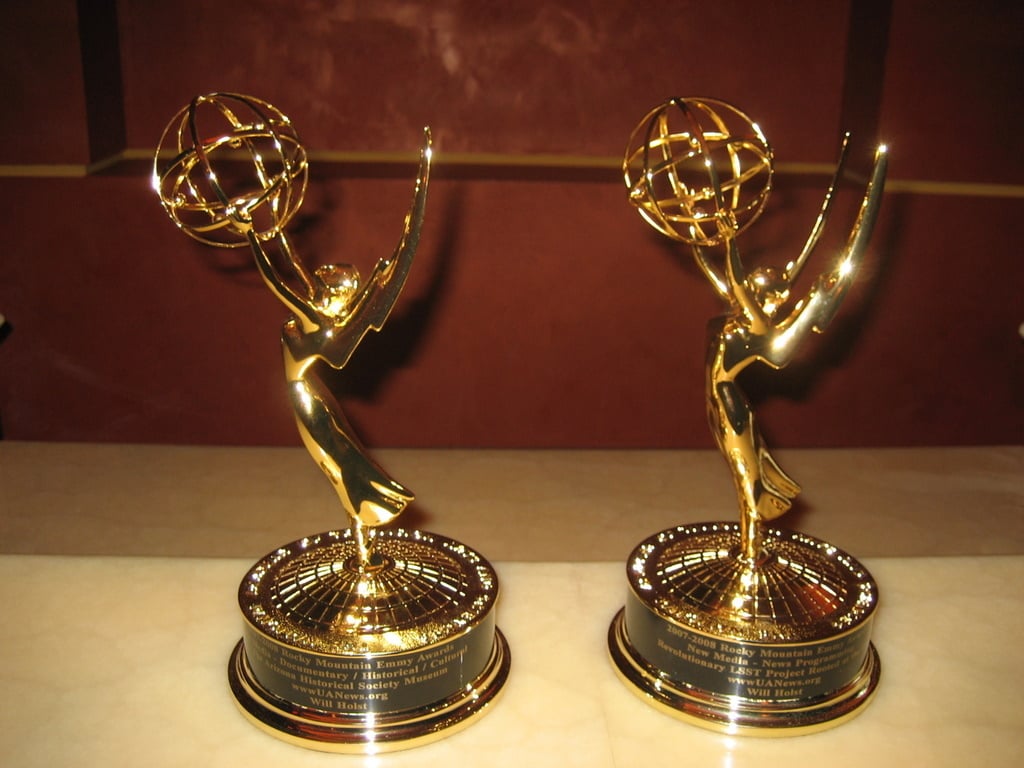

.jpg)
